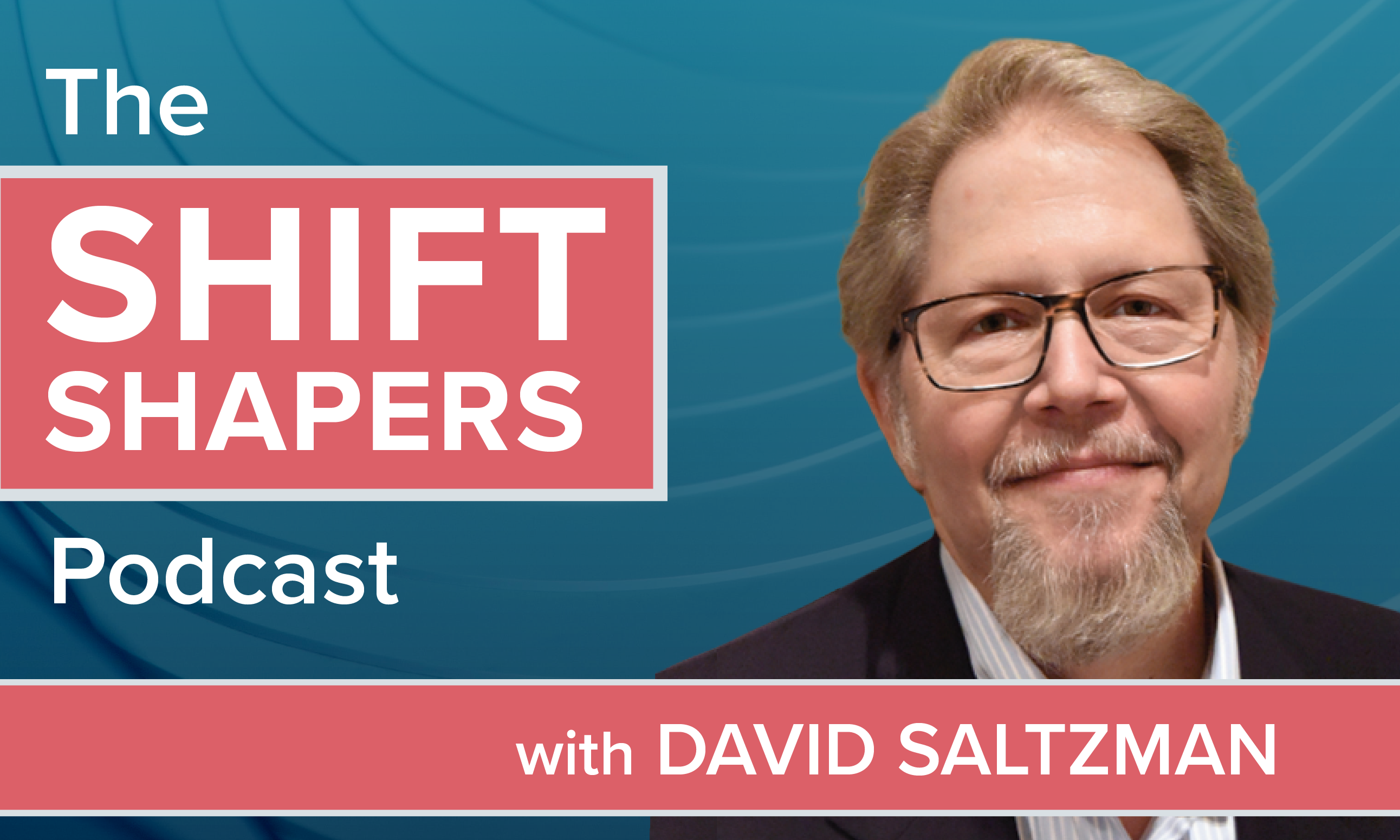
It's that time of year again, the health industry's annual enrollment period. While it's a key time for health insurers (payers) and their marketing partners, consumers don't typically show great interest. Although health insurance is often literally a life-saving benefit, consumers spend the least time making their smartest coverage decisions. Doing nothing is the easiest choice, which is why health insurance “switchers” are at an all-time low. In fact, many put more thought into their coffee orders than their health care coverage. Perhaps the industry needs to try a new approach to customer engagement. One need look no further than the ubiquitous Starbucks brand for inspiration.
|Convenience, customization and rewards
Think of how many times you open your iPhone, order your coffee from Starbucks and grab it the minute you arrive. While there, you quickly pick up a last-second latte for your co-worker with your Starbucks pre-paid card. Or even better, you redeem a free drink based on your loyalty status, which you use on your co-worker's drink. You got exactly what you and your “coffee dependent” wanted, while earning loyalty points — all in seconds.
I know what you're thinking: How can you compare health insurance and coffee when they are vastly different?
Recommended For You
Complete your profile to continue reading and get FREE access to BenefitsPRO, part of your ALM digital membership.
Your access to unlimited BenefitsPRO content isn’t changing.
Once you are an ALM digital member, you’ll receive:
- Breaking benefits news and analysis, on-site and via our newsletters and custom alerts
- Educational webcasts, white papers, and ebooks from industry thought leaders
- Critical converage of the property casualty insurance and financial advisory markets on our other ALM sites, PropertyCasualty360 and ThinkAdvisor
Already have an account? Sign In Now
© 2025 ALM Global, LLC, All Rights Reserved. Request academic re-use from www.copyright.com. All other uses, submit a request to [email protected]. For more information visit Asset & Logo Licensing.








